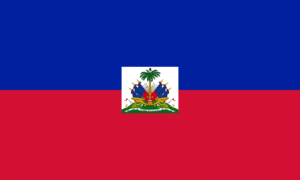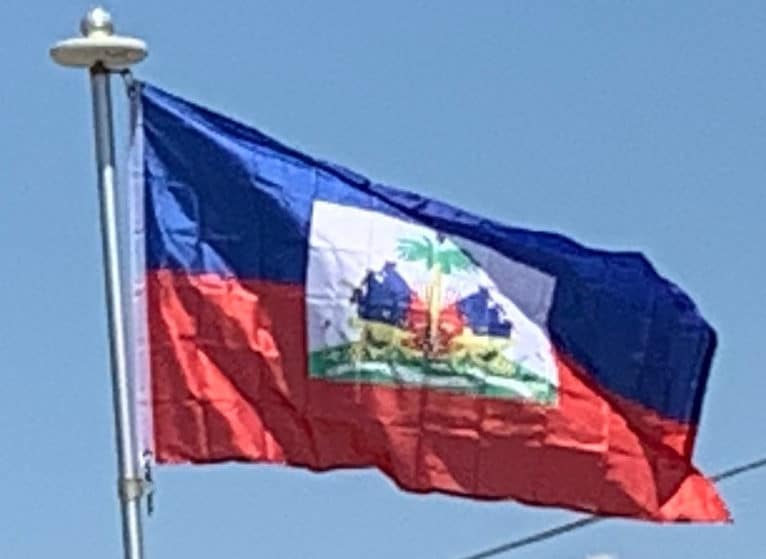Toussaint Louverture International Airport, located 10 kilometres (6.2 mi) North/North East of Port-au-Prince proper in the commune of Tabarre, is the primary transportation hub regarding entry and exit into the country.

It has Haiti’s main jetway, and along with Cap-Haïtien International Airport located near the northern city of Cap-Haïtien, handles the vast majority of the country’s international flights. Cities such as Jacmel, Jérémie, Les Cayes, and Port-de-Paix have smaller, less accessible airports that are serviced by regional airlines and private aircraft.
Tap tap buses are colorfully painted buses or pick-up trucks that serve as share taxis.

The “tap tap” name comes from the sound of passengers tapping on the metal bus body to indicate they want off. These vehicles for hire are often privately owned and extensively decorated. They follow fixed routes, do not leave until filled with passengers, and riders can usually disembark at any point. The decorations are a typically Haitian form of art.
Flag of Haiti:
The flag of Haiti is a bicolour flag featuring two horizontal bands coloured blue and red, defaced by a white panel bearing the coat of arms. The coat of arms depicts a trophy of weapons atop a green hill and a royal palm symbolizing independence. The palm is topped by the Cap of Liberty. The motto L’Union fait la Force (“Unity makes strength”) appears on a white ribbon below the arrangement. The flag of Haiti—along with those of Afghanistan, Costa Rica, Bolivia, Ecuador, and El Salvador—is one of six national flags whose designs incorporate a depiction of the flag itself.

The present design was first used by the Republic of Haiti under President Alexandre Pétion in 1806. It was most recently readopted on 25 February 2012.
The first purely Haitian flag was adopted on 18 May 1803, on the last day of the Congress of Arcahaie, about 80 kilometres (50 mi) north of Port-au-Prince. Haitian lore holds that the newly appointed revolutionary leader Jean-Jacques Dessalines created the flag by taking a French tricolor and ripping out the white center, which he discarded. He then asked Catherine Flon, his god-daughter, to sew the remaining bands together. The white pale removed, the blue was taken to represent Haiti’s black citizens and the red the gens de couleur. The story is widely known in Haiti: the anniversary of the date is celebrated as the Flag and Universities Day and images of Catherine Flon have appeared on Haitian currency and stamps.
Following his proclamation as Emperor Jacques I, Dessalines promulgated a new constitution on 20 May 1805. In it, the colors of the flag were altered to black and red. This flag being subsequently adopted by Henri Christophe, the republicans under Alexandre Pétion returned to the colors blue and red, subsequently turning them horizontal and adding the newly adopted Haitian coat of arms.
During the period of the Haitian Empire of Faustin I, his coat of arms was used on the flag and for official functions, but it was subsequently abandoned upon his removal from office.
